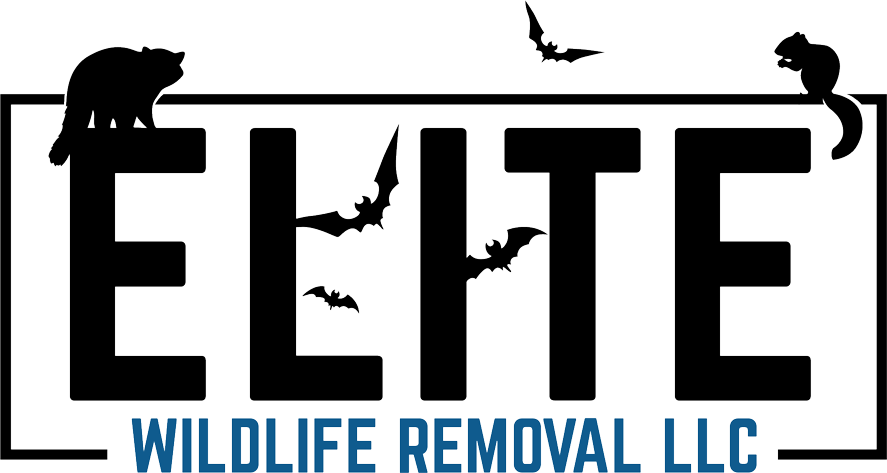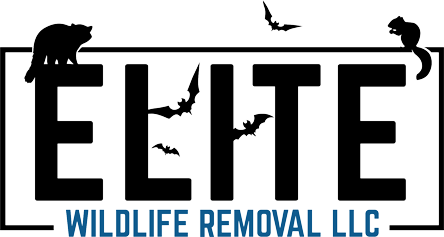Groundhog Removal And Control
Groundhog Removal And Control
Few animals can cause as much disruption to a yard, farm, or commercial property as groundhogs. These burrowing rodents are notorious for digging extensive tunnel systems that can undermine foundations, damage landscaping, and threaten the stability of structures. While they may seem harmless as they scurry across open fields or pop up from their burrows, their relentless digging and feeding habits can turn a well-maintained property into a scene of destruction. From collapsing sidewalks to chewed-up gardens, these creatures can create serious problems that require professional intervention.
Beyond their impact on land and infrastructure, groundhogs can also pose threats to agricultural productivity. Their diet consists of vegetables, flowers, and other plants, making them a persistent menace for farmers and gardeners alike. Additionally, their burrowing can disrupt irrigation systems and drainage patterns, leading to further complications. Our team of specialists are experts at handling these issues through humane and effective removal techniques. Our goal is to not only remove the immediate threat but also implement long-term solutions to prevent their return.
The Damage Groundhogs Can Cause
One of the primary concerns with a groundhog infestation is the extensive burrowing that occurs beneath yards, patios, and even buildings. Their tunnel systems can stretch up to 30 feet long, weakening the structural integrity of foundations and leading to dangerous collapses. In some cases, groundhog burrows near roads or driveways can create voids that contribute to potholes or uneven surfaces, increasing safety hazards for both pedestrians and vehicles. Their presence can be especially concerning for farms and commercial properties, where stable ground is crucial for heavy machinery and livestock.
Aside from their digging habits, groundhogs are voracious eaters. A single animal can consume a significant amount of vegetation in a short period, wiping out gardens, flower beds, and crop fields. Homeowners often find their carefully cultivated landscapes destroyed overnight, while farmers may experience financial losses due to crop damage. These animals have strong, sharp incisors that continuously grow, leading them to gnaw on wooden structures, fences, and outdoor furniture. This chewing behavior can result in costly repairs and added frustration for property owners.
The presence of groundhogs can also attract other wildlife to the area. Their abandoned burrows often become homes for skunks, foxes, or even snakes, exacerbating pest control problems. By addressing an infestation early, property owners can prevent an escalation of issues that could otherwise require multiple forms of intervention.
Our Removal Process
We use a multi-step approach to ensure effective removal. Our process begins with a thorough inspection of the property to identify active burrows, pathways, and food sources that may be attracting the animals. Once we have assessed the situation, we develop a customized strategy that prioritizes humane removal of the animals.
We utilize specialized live traps that are designed to capture creatures without causing them harm. Once trapped, they are taken from the requested areas without causing damage or harm. In addition to removal, we also implement exclusion techniques to deter future infestations. This may include sealing off burrow entrances, reinforcing vulnerable areas with underground fencing, and modifying the landscape to make it less appealing to groundhogs.
Our team also provides recommendations for ongoing property maintenance to further reduce the likelihood of groundhogs returning. By eliminating food sources, securing garden beds, and installing deterrents, property owners can significantly reduce the chances of another infestation. We take pride in offering solutions that not only remove the problem but also help maintain the integrity of your land for years to come.
Making Sure They Stay Away
Once an infestation problem has been addressed, it’s crucial to take preventative measures to avoid a recurrence. Since these animals are drawn to areas with ample food and shelter, property modifications play a significant role in long-term control. Installing ground barriers, such as mesh fencing buried several inches into the soil, can prevent burrowing near foundations, sheds, and gardens. Keeping grass trimmed and eliminating dense vegetation can also discourage groundhogs from settling in the area.
Homeowners and businesses with large outdoor spaces should also consider deterrents such as motion-activated sprinklers or ultrasonic repellents that make the environment less inviting. If a property has experienced repeated groundhog issues, routine inspections can help identify early signs of activity before an infestation takes hold. We provide ongoing support and advice to ensure that once groundhogs are removed, they don’t return to cause more destruction.
Groundhogs may seem like harmless creatures, but their burrowing and feeding habits can create significant problems for property owners. If you’re dealing with critter activity on your land, it’s important to take action before the damage becomes extensive. Our team strives to provide expert wildlife control services that are humane and effective.
Don’t wait until burrows threaten the stability of your home or garden. Contact Elite Wildlife Removal today to schedule an inspection and develop a customized plan to protect your property. Our professional team is ready to provide fast, reliable service that ensures your land remains secure and free from groundhog-related damage.
Frequently Asked Questions About Groundhogs
Q1. Why do groundhogs come onto my property, and what attracts them?
A1. Groundhogs are drawn to properties that provide them with easy access to food, shelter, and safety. Lush gardens, vegetable patches, and well-maintained lawns are like a buffet for these hungry creatures. They prefer areas with ample vegetation where they can feast on plants, flowers, and crops. Open fields, wooded edges, and properties near water sources also appeal to them since these locations provide an ideal environment for burrowing. If your property has decks, sheds, or rock piles, these structures can offer excellent shelter opportunities, making it even more attractive for groundhogs looking for a safe place to settle. Without proper deterrents in place, they are likely to stick around and expand their burrowing network.
Q2. Are groundhogs aggressive, and should I be worried about them in my yard?
A2. While groundhogs are not naturally aggressive toward humans, they can become defensive if they feel threatened or cornered. If approached, they may hiss, chatter its teeth, or even lunge as a warning. They have strong claws and sharp teeth, which they primarily use for digging and gnawing on vegetation, but they can deliver a painful bite if provoked. Additionally, they are known carriers of ticks and fleas, which can bring additional pest concerns to your yard. If a groundhog feels particularly threatened, it may dig deeper into its burrow or attempt to escape, but direct confrontations with humans or pets are rare. Keeping a safe distance and relying on professional removal services is the best way to handle a groundhog issue.
Q3. Will removing one groundhog solve my problem, or are there usually more?
A3. They are mostly solitary animals, but if one has made your property its home, others may not be far behind. A single groundhog can create multiple burrows, and if conditions are favorable, new ones may move in even after the original occupant is removed. During the breeding season, a female can give birth to several offspring, which means a minor problem can quickly escalate if left unaddressed. Additionally, abandoned burrows can attract other wildlife, such as skunks and raccoons, leading to new infestations.
All Rights Reserved | Elite Wildlife Removal


